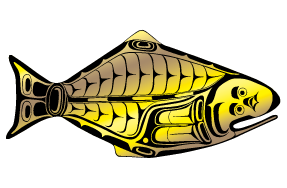Accurate information on reproductive capacity and reproductive output of Pacific halibut is important for estimating spawning biomass and determining the levels of exploitable biomass. Therefore, proper markers or indicators of reproductive status, potential and development are needed. Trascriptomic approaches, namely the mass or high-throughput identification of expressed genes in a particular tissue, constitute a powerful and widely-used strategy to identify molecular markers for particular biological processes. The IPHC has embarked on transcriptome sequencing of the ovary and testis of Pacific halibut and is in the process of generating a large set of expressed genes that include potential useful markers to monitor changes in reproductive development in males and females. By RNA sequencing, total RNA purified from testes and ovaries was sequenced separately using an Illumina HiSeq 2500 platform at the 2 X 100 base pairs (bp) paired end mode. Coverage per tissue was set at 30 million reads. Reads were assembled de novo into contigs (i.e. continuous or contiguous sequences produced in a de novo assembly of shorter sequences) using the Trinity software. Contigs were then annotated using an iterative blast strategy by performing, as a first step, blastx against the zebrafish (Danio rerio) protein database. As a second step, non-annotated transcripts were then subjected to blastx against the vertebrate Uniprot protein database. The resulting contig N50 metric for ovary and testis were 2,494 and 2,004 bp, respectively. The resulting percentage of annotated contigs for ovary and testis were 37.8 and 33.3%, respectively. In summary, a number of potential molecular reproductive markers have been identified for Pacific halibut that will assist in current efforts to characterize reproductive development in this species.

